Over 1,000 archaeological sites are recorded in Indianapolis and Marion County. The majority of these sites are prehistoric, dating from 10,000 B.C. to the 17th century A.D. Despite the number of recorded sites, there is no synthesis of the details and cultural chronologies of the precontact cultures in the area.
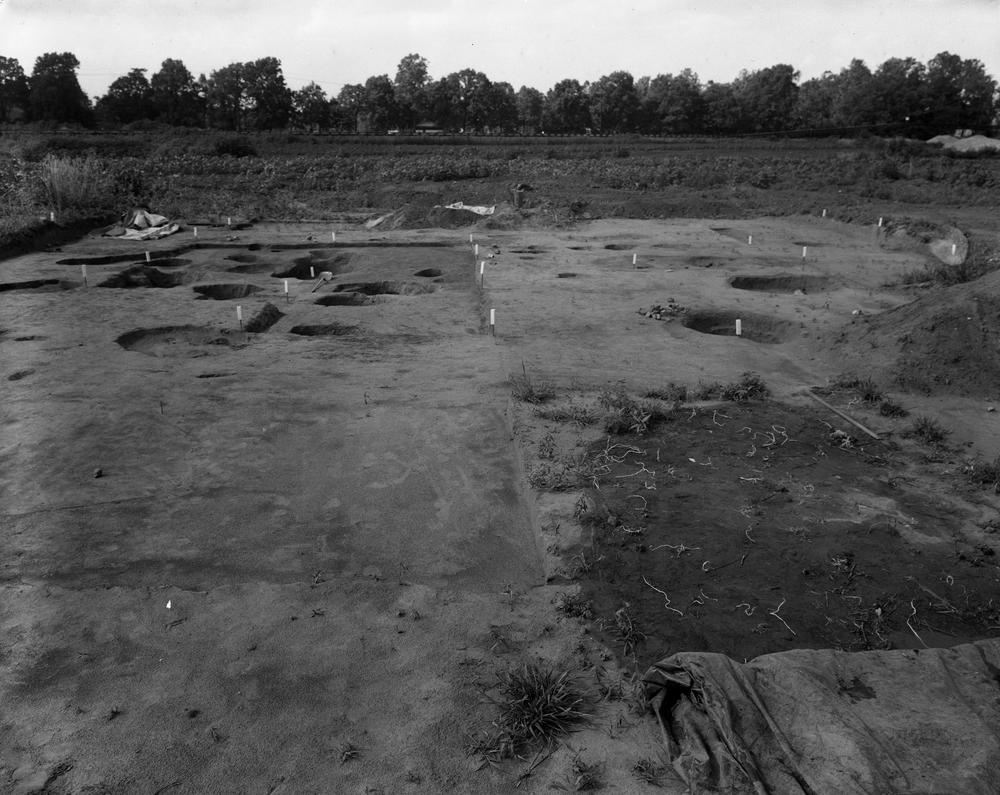
Until recently, most archaeological investigations occurred along the West Fork of and major creeks and runs in Marion County. Urban expansion has destroyed many of the large sites.
Although a few descriptions of sites in the county were prepared in the late 19th century, archaeological investigations of any extent began only in the 20th century. , archaeologist Glenn A. Black, and in particular, John C. Householder—archaeologist with the —recorded and described a number of prehistoric sites.
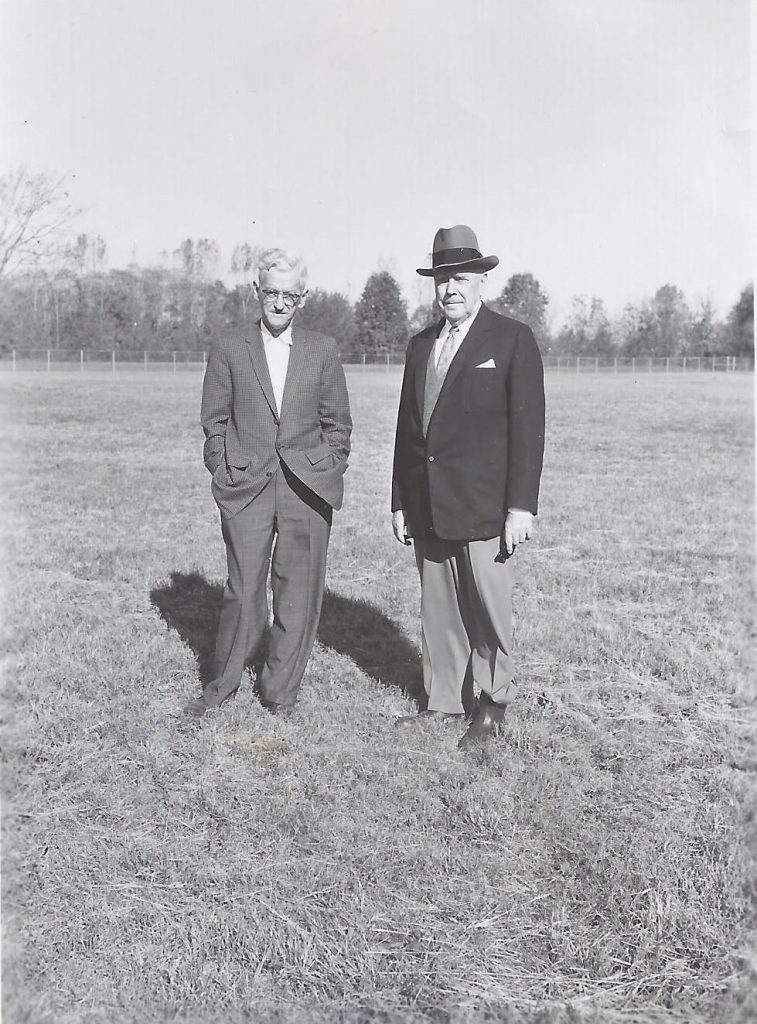
Black, Householder, Paul Weer, Vernon Helmen, and John Dorwin conducted early excavations in the county. Recent fieldwork includes work by avocational archaeologists, university researchers, and private archaeological contractors. Large field surveys have also taken place on property.
The earliest occupations in the county are Paleoindian (10,000-8000 B.C.). Paleoindians were small, nomadic bands who hunted and gathered wild foods after the last major glacial retreat in Indiana. Paleoindian sites are scarce. They are characterized by surface scatters of chipped stone and well-made lanceolate (lance-shaped) stone projectile points.
After 6000 B.C., the climate warmed, and deciduous forests replaced boreal (forests that exist in cold climates and at high altitudes) and pine forests. Early Archaic (8000-6000 B.C.) occupations followed, marked by an increase in the number and dispersal of sites and a variety of new stone projectile point types, often beveled along the sides by resharpening, and with new hafting techniques.
Middle Archaic (6000-3000 B.C.) occupations are associated with higher temperatures and less moist conditions. Sites are characterized by projectile points with side notches. Also appearing are stemmed and notched points which continue into the Late Archaic. Few Middle Archaic sites are recorded in Marion County.
Late Archaic (ca. 3000-1000 B.C.) sites are the most frequently recorded occupations in central Indiana, partly due to research interests. Late Archaic people—still hunting and gathering for a living—exploited such natural resources as deer, nuts, and mussels on a seasonal basis. Terminal Archaic and Late Archaic-Early Woodland transitional sites (ca. 1500-700 B.C.) are recorded in the county, although in low frequencies. The latter are characterized by distinctive Turkey-tail projectile points.
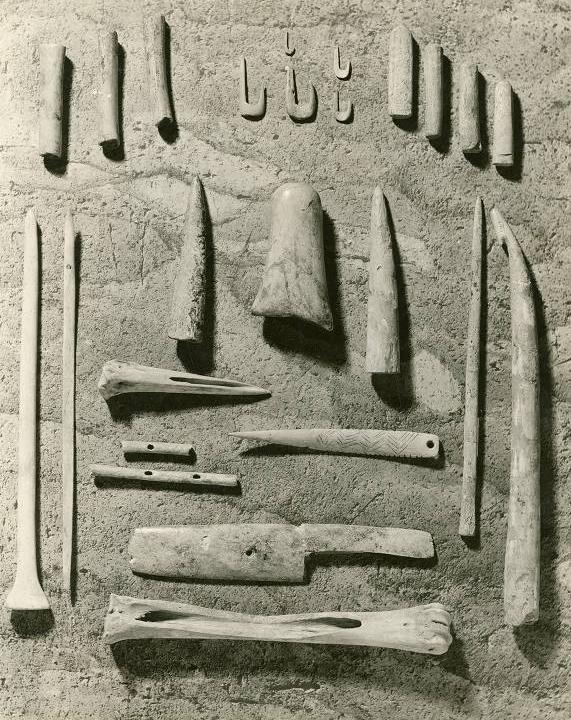

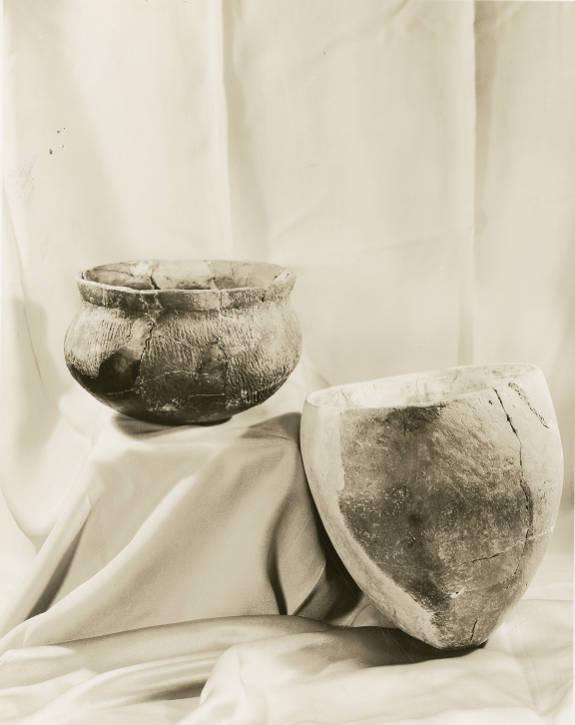
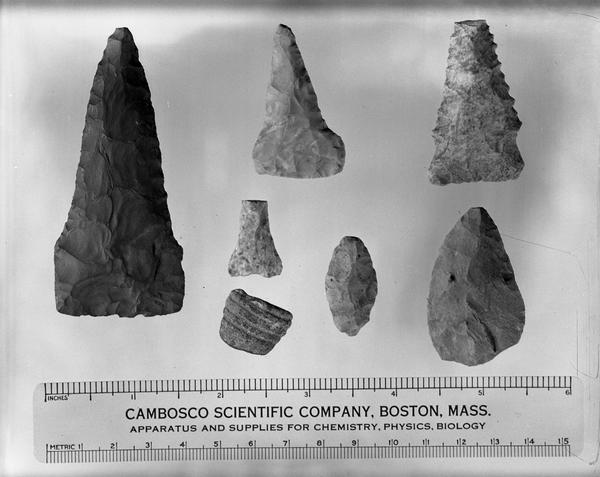
Woodland sites are distinguished by the presence of pottery, evidence of ceremonialism, and increasing use of cultivated plant foods. Earthen mounds are often characteristic of this tradition, but few mounds are reported in Marion County. Early Woodland (700-200 B.C.) groups still relied upon the harvesting of wild foods.
The few Early Woodland sites recorded in the county are usually marked by Adena projectile points (points generally made out of crystalline rocks, whose crystals are only visible when magnified, often heat-treated). The Anderson Mounds are primary examples of prehistoric Adena sites, pertaining to the culture peoples from 160 B.C.
The present-day Indianapolis area shows evidence of Middle Woodland (200 B.C-600 A.D.) occupations of localized groups that participated in Hopewell culture that existed in areas throughout Indiana. Named after the Hopewell Mound Group in Chillicothe, Ohio, Hopewell culture does not refer to a particular Native American tribe but to the vast social network of groups that stretched across much of eastern North America. These Native American groups shared burial practices, earthworks, and produced a distinctive set of artifacts.
Evidence from these sites in Indianapolis reveals that they participated in the extra-regional Hopewell trade of exotic goods and ideas, along with complex social behavior and increasing horticulture. More specifically, these groups in Indiana were dispersed between the Scioto (along the Scioto River in southern Ohio) and Havana (along the Illinois and Mississippi rivers) Hopewell cultural areas, to the east and west respectively. In general, Middle Woodland sites along the West Fork of the White River often show influences from Havana Hopewell.
Few definite Middle Woodland sites have been recorded in the county, although documented ones are identified by distinctive, broad-bladed Snyders projectile points (points typically 2.5 to 3 inches in width, with corner notch points and triangular or egg-shaped). Such triangular arrow points are indicative of Late Woodland culture (ca. 700-1700 A.D.). During Late Woodland, the use of the bow and arrow occurred, and maize agriculture became common. In Central Indiana, sites with triangular projectile points occur frequently. Grit-tempered and cord-impressed ceramics sometimes occur on these sites.
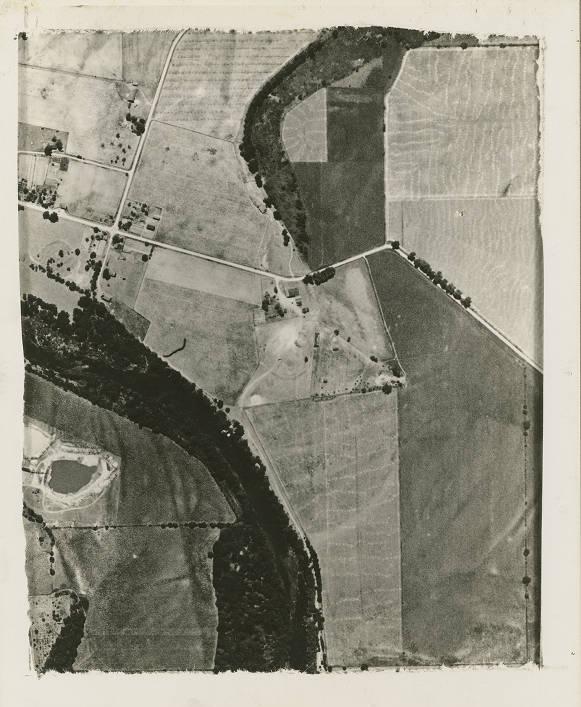
A unique cultural manifestation found in Marion and Hamilton counties and along the forks of White River in central Indiana is the Oliver Phase, a Late Woodland Native American culture characterized by village-dwelling farmers who relied heavily on maize. These sites contain local Late Woodland ceramics which include Early Mississippian Fort Ancient vessel motifs—such as broad incised lines and curvilinear designs—from distinctive cultures to the east and southeast.
Fort Ancient culture flourished in the Ohio River valley from southern Ohio, northern Kentucky, southeast Indiana, and parts of West Virginia. Dates for these sites range from approximately 950 to 1300 A.D. Well-known Oliver Phase sites in Marion County include Oliver, , Jose, Bosson, and Haueissen.
The Mississippian prehistoric tradition (1000-1700 A.D.), characterized by shell-tempered pottery, large-scale maize agriculture, and planned towns and villages, is unknown in Marion County. However, there is a suggestion that Huber Phase shell-tempered ceramics are present in Central Indiana, such as at the Strawtown site in Hamilton County.

Help improve this entry
Contribute information, offer corrections, suggest images.
You can also recommend new entries related to this topic.